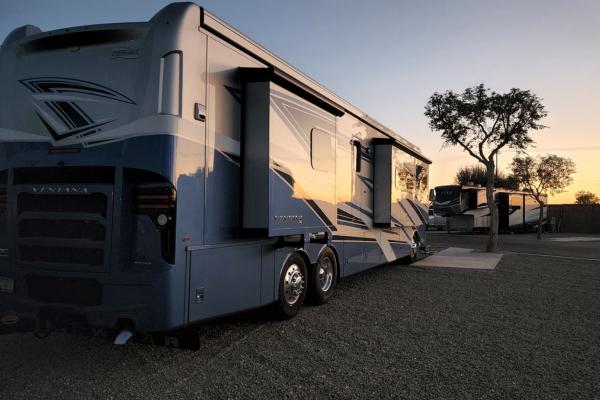
So, you have big ideas on things you want to see, but how do you get there? I don’t mean to follow this road to that one, but how can you plan the trip to accomplish your goals? There are several good apps and AI options to help along the way, and they are great to use. But they are only as good as the information you provide, and some only do part of the job.
Planning a big RV trip can feel overwhelming, but you can turn that journey into a stress-free adventure with the right strategies. In this post, I’ll share step-by-step techniques that worked for our 5,000-mile journey and tips for customizing your own trip.
Setting Goals for the Journey
As a new planner (my wife has always been my go-to “AI” for trip planning), I had a lot to learn, such as the 3-3-3 RVing rule of thumb:
-
Drive 300 miles a day.
-
Arrive by 3:00 p.m.
-
Stay in one place for three days.
That isn’t a bad start, but if your desired destinations are further than 300 miles apart, and you don’t have the time to dilly-dally, then what?
I will use a recent trip we took that started in Arizona and included 10 days in Colorado, a stop by Mount Rushmore, more than a week in Oregon, and then a 10-day stay in Washington before coming home. The Colorado and Oregon stops were set, part of organizations (Newmar Kountry Klub and FMCA, respectively) that we belong to, and were international rallies with several hundreds of RVs of all types joining us.
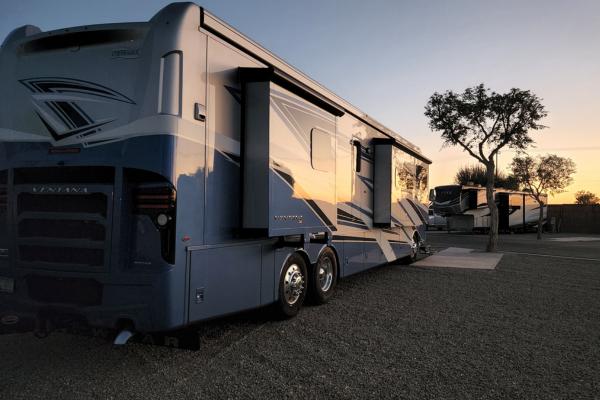
Before we started with our set arrival date at the beginning and the final departure date for the last planned event, we needed to decide how we would be camping. Would we be boondocking, staying in big-box-store parking lots, or camping in full-service RV campgrounds? Each type of stop has its benefits, and we will look at that later when we talk about the en-route camping plan.
The trip was over 5,000 miles and encompassed about two months of RV life. It easily could have been longer, but much shorter would have reduced our enjoyment and made us feel rushed. This is a typical rookie mistake; I’ve been there and done that!
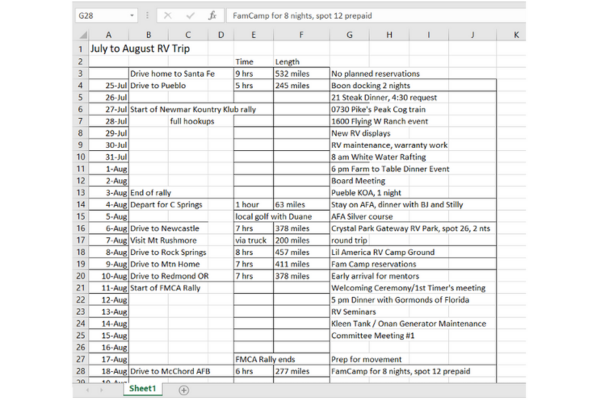
Step 1: Mapping Your Route and Distances
Look at the distances between each itinerary stop and determine how many days you need during the en-route portion. I usually start with 250 miles a day, so a 1,000-mile distance between two events would take four days of travel. If you need to get there, by all means, start with what you need and then pick up the planning techniques again. With this distance in mind, I look at the stops and types of camping available near the end of the first 250 miles. Campgrounds are our preferred options, so we can enjoy the afternoon and relax safely and comfortably. Then look at the next 250 miles and so on to your first destination.
If you need to travel longer distances, consider non-campground options to reduce your check-in requirements and save time. Some examples are highway rest stops, big store parking lots, and big truck gas stations. You may not relax as much, but you will be on the road faster.
Step 2: Finding Campgrounds and Stops
Do your internet searches and phone work as needed to find your desired en-route reservations. What kind of campground or stop do you want? Are you planning on unhooking and exploring the area if you have time? Are there noise restrictions where you want to stop that might prevent you from using your generator?
When searching for a campground, look for independent or franchise campgrounds or special stops like Harvest Hosts.
Tip: Don’t get discouraged if you can’t book the campground or the type of campsite you want. You may be able to find a last-minute cancellation or another site in the campground that has what you need.
If you choose to find free camping, keep in mind that dry camping and boondocking aren’t technically free. Suppose you need to run your generator for cooling, heating, cooking, entertainment, or something else. In that case, you should consider operating and maintenance expenses when choosing a free overnight spot to stop.
My generator costs about $300 to service every 150 hours, and I use three-quarters of a gallon of fuel per hour.
Once you complete the first leg of your itinerary, repeat Steps 1 and 2 for the next leg until you arrive back at home or your ending point.
Step 3: Adding Flexibility and Fun
Now that you have the basic plan, it is time to put the fun into your en-route stops and schedules. Because your en route stops probably are not 250 miles apart (some of ours were 300, some were 210 miles), look at the local options and see if there is something else you can add to your enjoyment.
On the flexible portions of your itinerary (Washington for us), consider hub-n-spoke options. A hub-n-spoke is where you draw a circle around your camping point (campground or boondocking location) and see what is within a 50-100-mile radius for you to visit and tour.
When we finished visiting and touring in Washington, we had total flexibility when it came time to start heading home to Arizona. We mapped out family locations, tourist attractions, road conditions, and fuel prices to determine how we would go home. Needless to say, we stayed off of I-5 in California (traffic and fuel costs) and returned home via Idaho and Utah. That gave us several days to explore Page, Arizona, and all the attractions there.
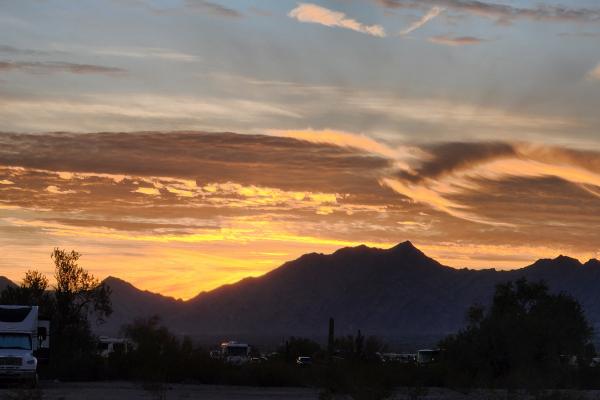
How AI and Apps Compare to Human Planning
As a side note, once this plan was complete, we ran it through AI and an RV trip-planning app. Neither could get us to an efficient route nor an enjoyable plan. One wanted me to drive the coastal highways south through California (it would have been beautiful but very stressful and expensive), and another was too much interstate driving. When I reduced the interstate reliance, the plans were all over the map on the return route, and it wasn’t as focused as we had hoped.
So, after our 5,000+ mile journey, we arrived home rested and relaxed, which really means…we are ready to go again. And if you are tracking our writings, you will know that our RV was ready to go. It arrived home Code 1, and that was a pleasant bonus!
Happy travels…
Related reading
- Discovering Northern Arizona
- RV Travel Safety: Essential Tips for a Safe Trip
- Adventure Peaks Convention Recap [Redmond, Oregon]
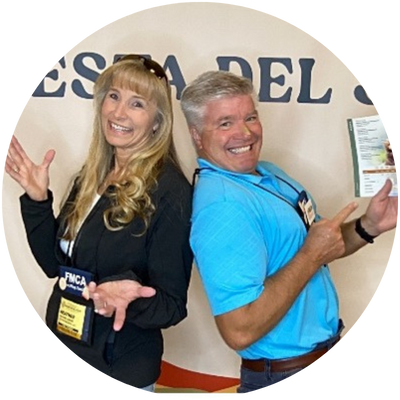
JD is a retired officer and F-16 pilot, and served in the USAF for more than 33 years. His final assignment was Deputy Chief of Staff, Plans and Programs, Pentagon. As a family he has been RVing for decades, in bumper tow trailers, Class C and most recently, Class A motorhomes. JD has been married to Heather for more than 35 years.
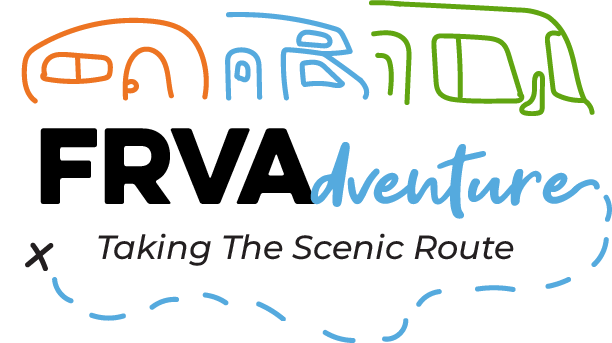

Leave a Reply